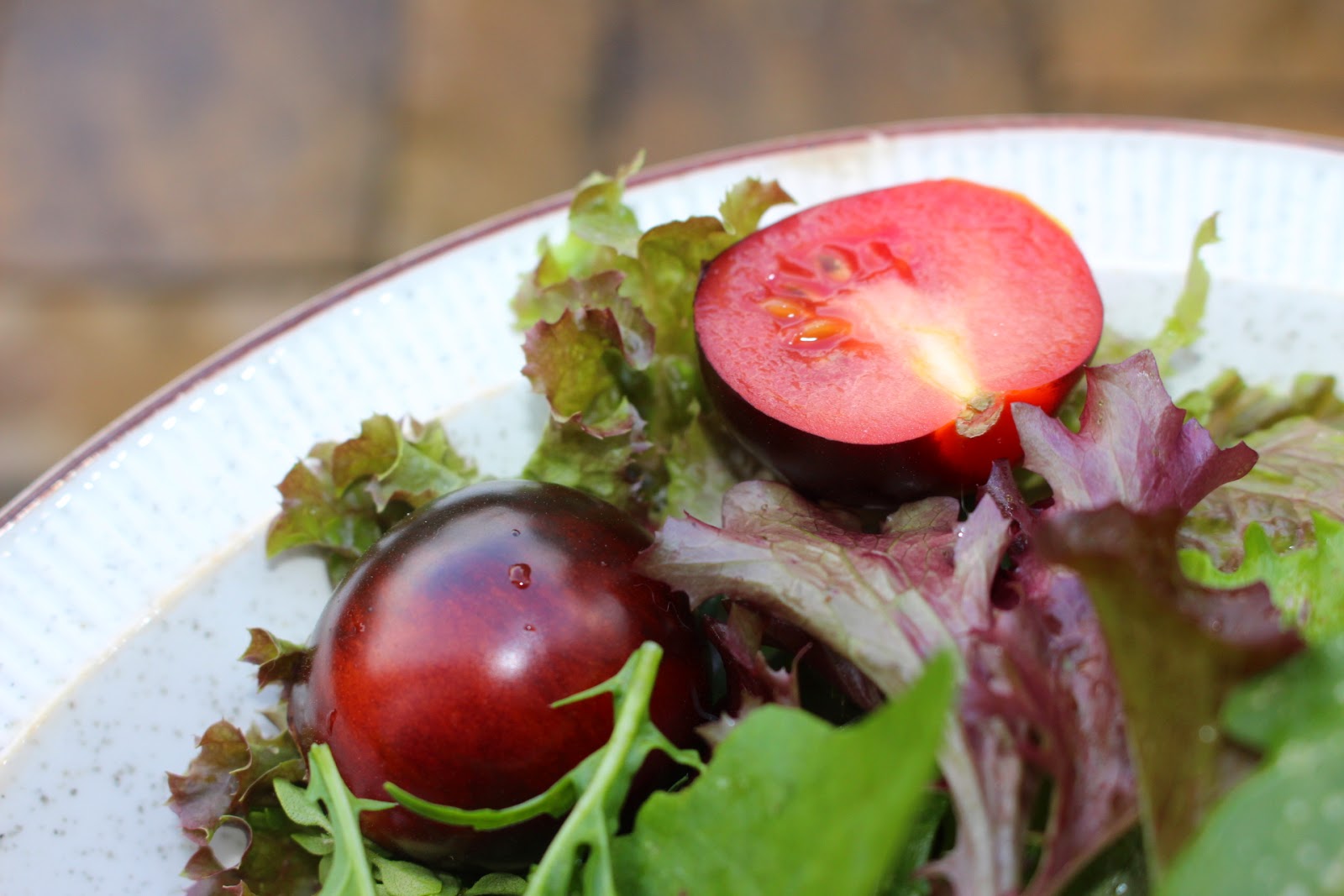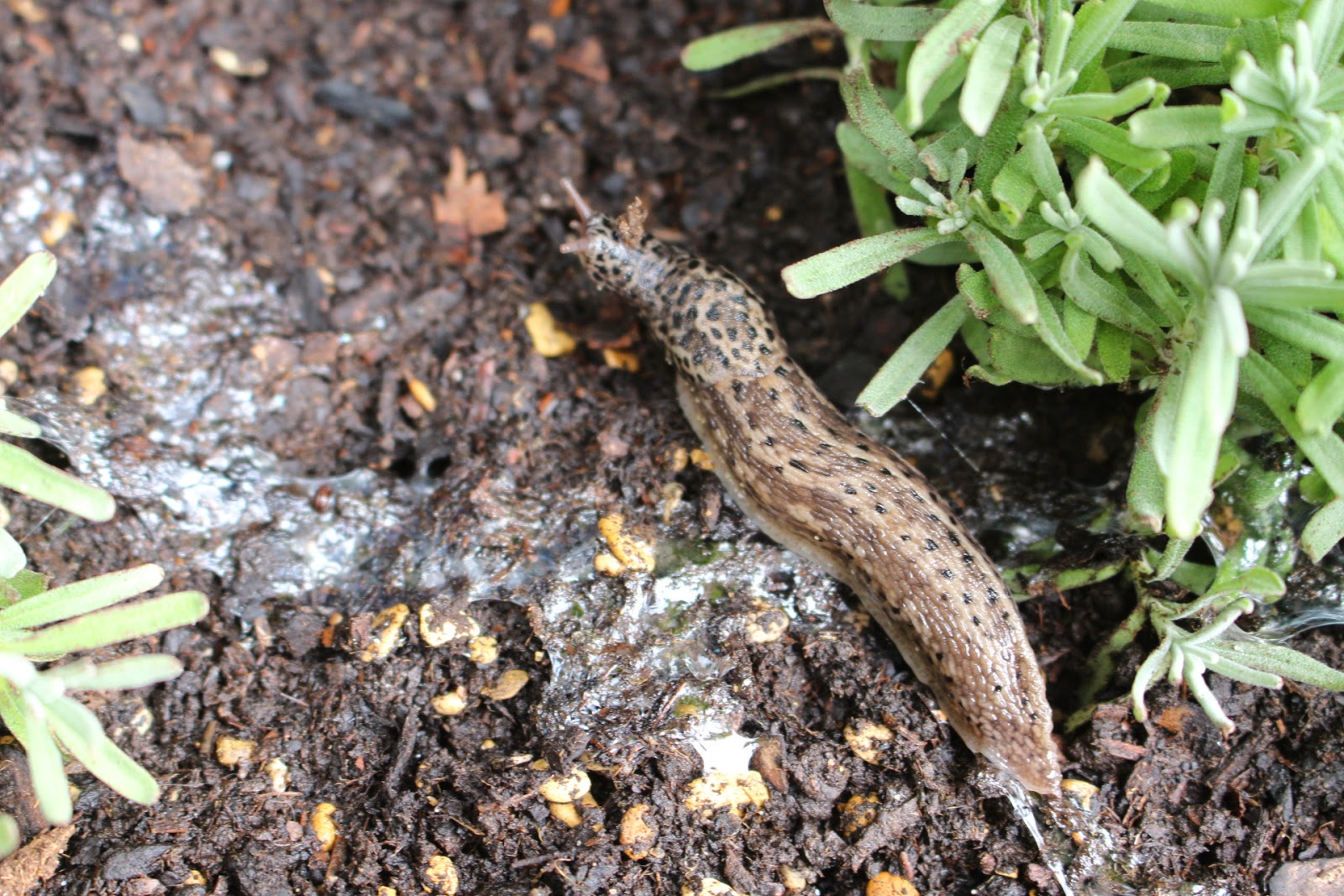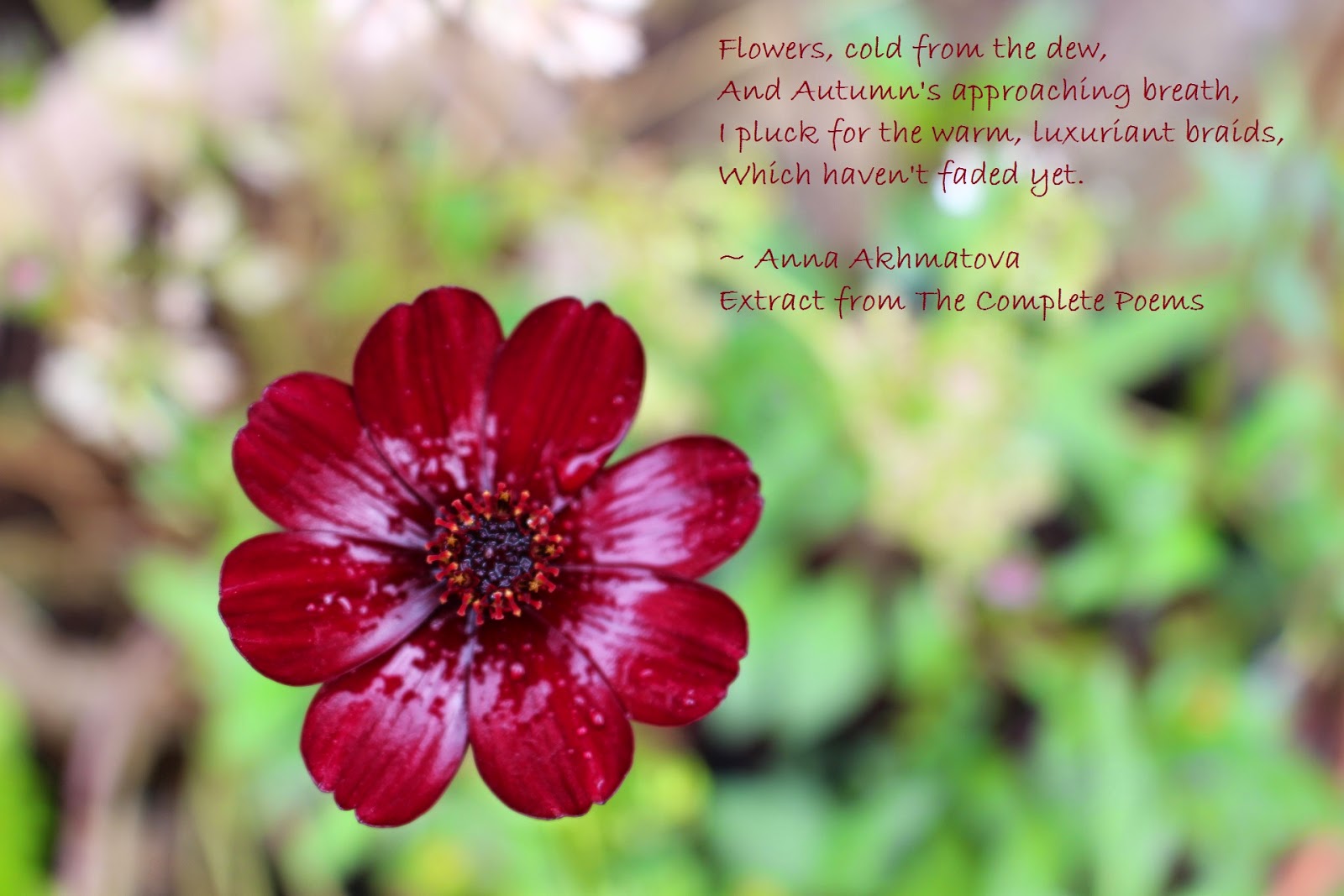Powis Castle: At a Gallop
.JPG)
This is a writing experiment involving a story within a story. You can either read the pictures and their captions, or the plain text in between. You comments on whether this works for you are much appreciated - I wanted you to share in my garden visit and read about how it happened... Part of the walk through the Powis Castle estate from Welshpool. This is a quieter (if slower) way to approach the garden judging by the number of people I saw vs. the number of cars in the car park. There is also the opportunity to spot deer and wildlife along the way and to understand the castle in its surrounding landscape. We always have a fair share in deciding what to do on holiday. There are common interests to explore - such as looking at industrial heritage and drinking real ale - plus the selection of our own choices to visit together. I like NAH's noisy steam and he enjoys the peaceful contrast of a garden visit. So our recent holiday in Shropshire saw us taking a return tootl...



.JPG)
.JPG)
.JPG)
.JPG)



